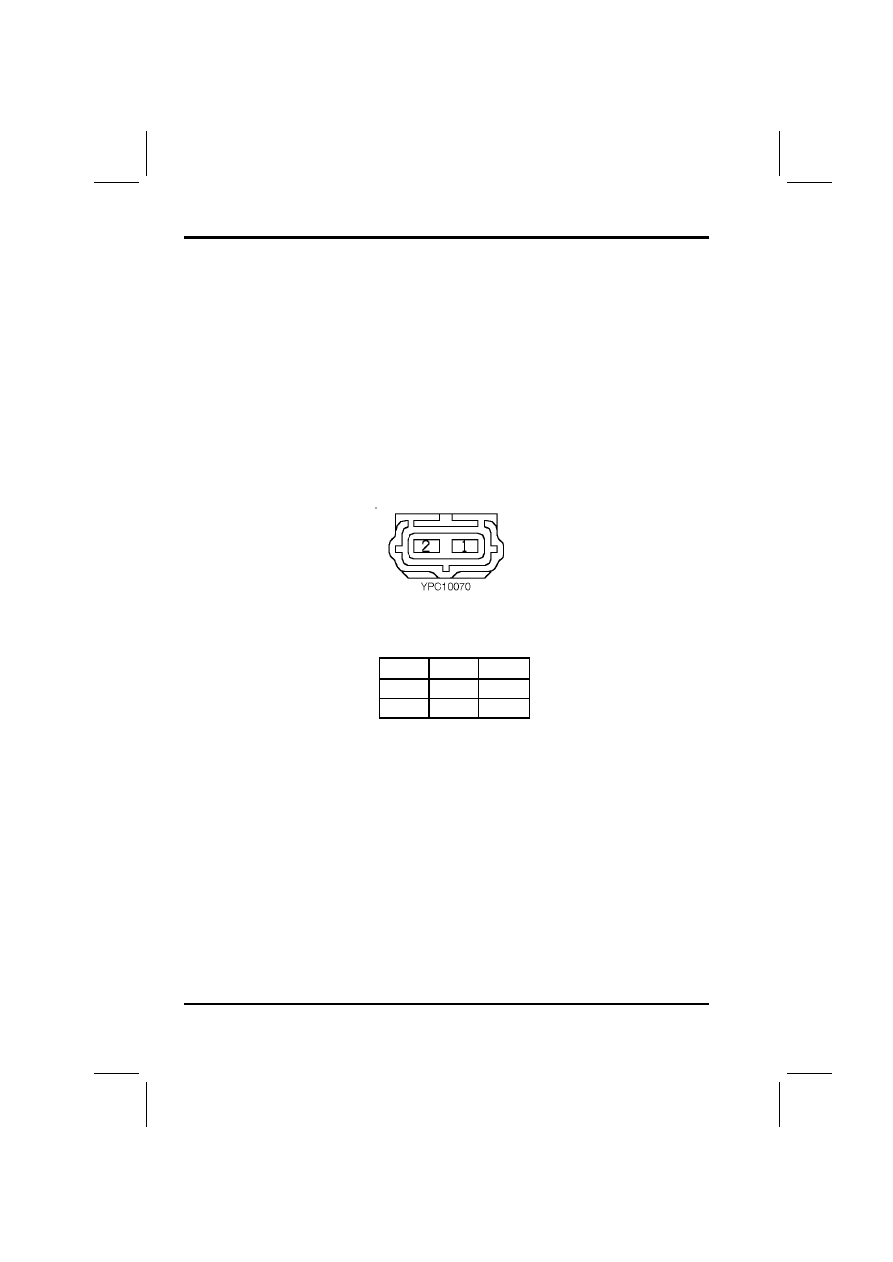Defender Electric Diagrams. Manual - part 102

INTRODUCTION
1.8
DEFENDER 1999 MY
•
Colour - If applicable, the colour of the connector housing is shown.
NATURAL is used to describe connectors with a clear/translucent plastic
finish.
•
Location statement - Used in conjunction with the photograph to
determine the location of the connector.
•
Photograph - Shows the location of the subject connector. In most cases,
the photograph will indicate the amount of trim removal necessary to reveal
the connector. For convenience some photographs identify more than one
connector.
•
Derivatives - Unless specified otherwise, location statements and
photographs relate to all models.
•
Face view - An outline of the connector housing, viewed from the front,
showing pin numbers (if applicable).
•
Pin-out table - A three column table, detailing the colour and position of
each wire in the connector:
Cav
Col
CCT
1
GR
ALL
2
B
ALL
1. Cav:The connector pin (cavity) number.
2. Col:The colour of wire populating the connector pin.
3. Cct:Identifies the model or feature which uses the wire. ALL means
applicable to all vehicles in the range.